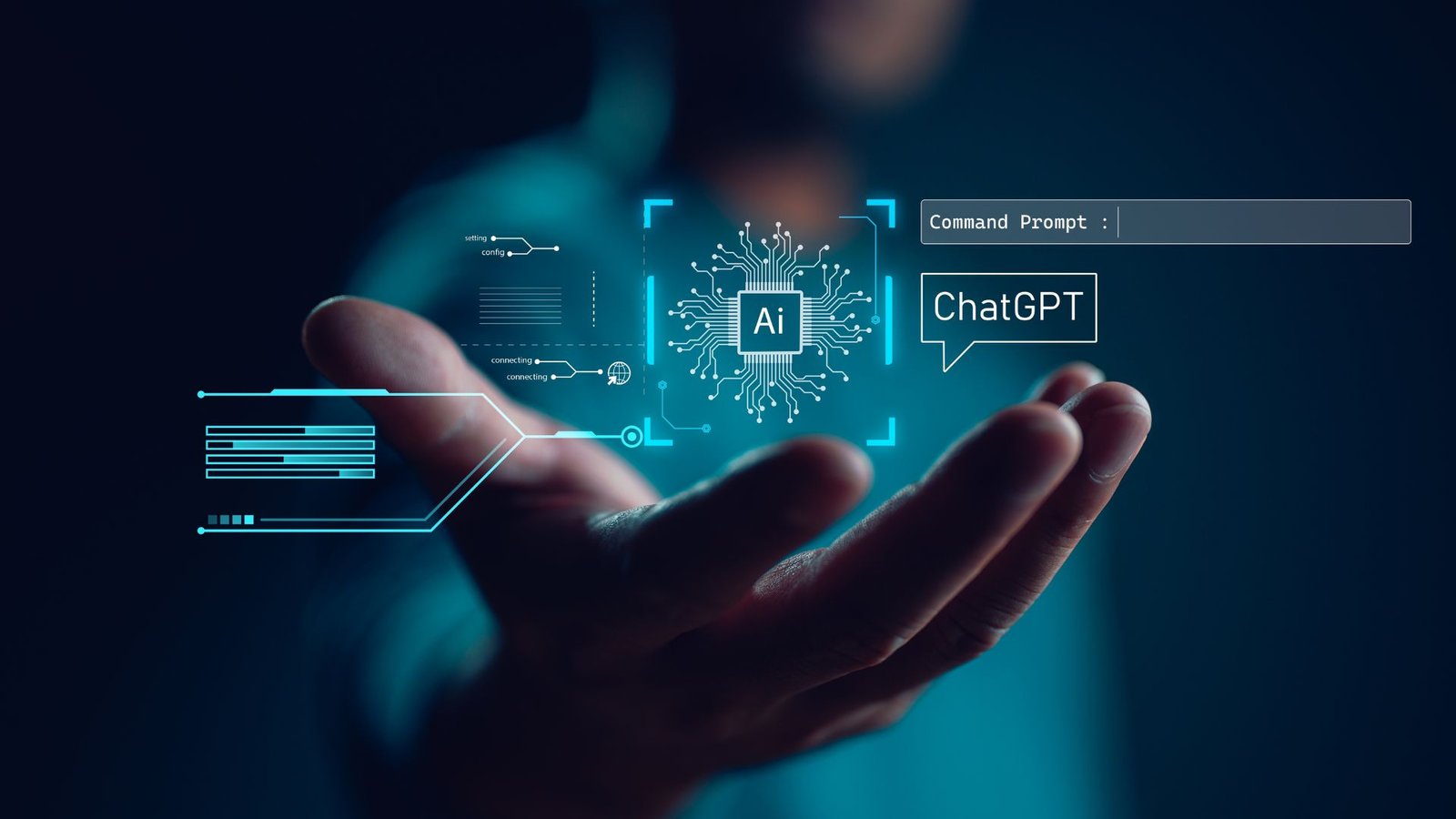Artificial Intelligence (AI) is one of the most talked-about technologies of our time. It dominates headlines, fuels boardroom ambition, and drives product roadmaps across every industry. From generative AI chatbots to multi-modal systems and autonomous agents, the sheer velocity of advancement is staggering. But while the pace of innovation is accelerating, it has also created a growing disconnect: everyone wants AI, but far fewer know what to actually do with it.
This gap between excitement and effective execution is fast becoming a defining challenge of the AI era. The technology is racing ahead, but organizational readiness is lagging. Many businesses know they need to act but are unclear on how to deploy AI in ways that are safe, strategic, and genuinely transformative.
To bridge this gap, education is critical. And we don’t just mean educating developers and data scientists, senior leadership needs a foundational understanding of AI’s capabilities and limitations. They must grasp where it can create value, what it takes to scale safely, and how to prepare the wider organization for what’s to come. Without this knowledge, AI risks becoming another overhyped tool that fails to deliver meaningful returns.
AI and ML expert at Netcall.
Where AI is already delivering value
Despite these challenges, AI is already making a tangible impact in focused, high-value areas. These use cases might not generate the loudest headlines, but they offer a glimpse of what’s possible when strategy and execution are aligned.
In customer service, AI is proving to be a powerful support tool. For example, it can generate real-time summaries and recommendations for call center agents, improving both the accuracy and speed of responses. AI-driven sentiment analysis is helping agents better understand customer mood and intent, leading to more empathetic and efficient interactions and a better overall customer experience.
Even more promising is the rise of agentic AI. This technology goes beyond supporting decisions; it can make them. It allows AI systems to reason, troubleshoot, and take action with minimal human input. In practical terms, that means handling common customer queries end-to-end, freeing up human agents for more complex cases.
AI is also boosting operational efficiency. It automates repetitive tasks such as document management, form filling, and data extraction. In sectors like insurance or healthcare, where case management involves large volumes of structured and unstructured data, AI can drastically cut processing times while improving consistency.
These use cases may seem behind the scenes, but they matter. They represent practical, measurable improvements to core operations. They reduce costs, enhance experiences, and give staff more time to focus on higher-value work. That’s real value, not just buzz.
The roadblocks to real impact
But let’s not pretend it’s all smooth sailing. For every success story, there are countless stalled pilots and unrealized ambitions. So, what’s holding businesses back?
First, data sensitivity is a major hurdle, especially in regulated industries like finance and healthcare. Questions about where data is stored, how it’s processed, and who can access it are under constant scrutiny. Compliance isn’t optional, and many AI deployments struggle to meet evolving privacy standards.
Security is another growing concern. As generative models become more sophisticated, so do the risks. Prompt injections, model poisoning, and adversarial attacks are no longer hypothetical, they’re real-world threats that demand serious governance.
Technical limitations also play a role. Hallucinations, where AI generates plausible sounding but incorrect outputs, remain a significant risk. In high-stakes settings like legal advice or medical triage, these errors can be costly or even dangerous. Many models still exhibit cultural or linguistic biases embedded in their training data; this erodes trust and limits wider adoption.
Then there’s the infrastructure challenge, training and running large models is resource intensive, requiring robust compute power, strong data governance, and an architecture capable of scaling. For many organizations, especially smaller ones, the investment can feel out of reach.
All of this contributes to a reality where AI is often deployed in silos or as experiments, rather than integrated at scale. Without a broader strategy and framework, these efforts struggle to drive sustained business value.
Why platform thinking matters
Against this backdrop, we’re seeing the emergence of platform-based approaches as a more sustainable model. Rather than building every AI capability from scratch, organizations are turning to purpose-built platforms that are secure, scalable, and designed with sector-specific needs in mind.
These platforms provide a structured environment where AI can be developed, tested, and deployed safely. They offer features like built-in compliance controls, explainability tools, and integration with existing systems. Crucially, they shift the conversation from isolated tools to integrated ecosystems.
That shift matters, it gives teams more confidence to innovate and leaders more visibility into where AI is making an impact. It also helps balance the tension between innovation and governance, a line that’s becoming increasingly important to walk.
What comes next: Less hype, more strategy
As AI maturity grows and attention shifts to even more advanced ideas, like artificial general intelligence and fully autonomous agents, businesses must keep their feet on the ground.
The winners won’t be those who rush the fastest, but those who build the most solid foundations.
That means adopting AI not as a silver bullet, but as a strategic asset. The focus should be about embedding AI into core workflows, upskilling teams, and designing governance models that support responsible use. It’s about building explainable, auditable systems. It’s about connecting AI initiatives to clear business goals and measuring what matters.
To do this well, organizations must invest in cultural readiness as much as technical capability. That includes fostering cross-functional collaboration, engaging stakeholders early, and creating a shared language around AI value. It means setting the right expectations and learning from early missteps. This may not always be flashy, but it’s what drives real progress.
The promise of AI is enormous. But the path to that promise runs through thoughtful, grounded, and strategic implementation. The businesses that get this right will be those that stop chasing the hype and start building what works.
Everyone wants AI. But only those who know what to do with it will unlock its full potential.
We’ve listed the best IT Automation software.
This article was produced as part of TechRadarPro’s Expert Insights channel where we feature the best and brightest minds in the technology industry today. The views expressed here are those of the author and are not necessarily those of TechRadarPro or Future plc. If you are interested in contributing find out more here: https://www.techradar.com/news/submit-your-story-to-techradar-pro























